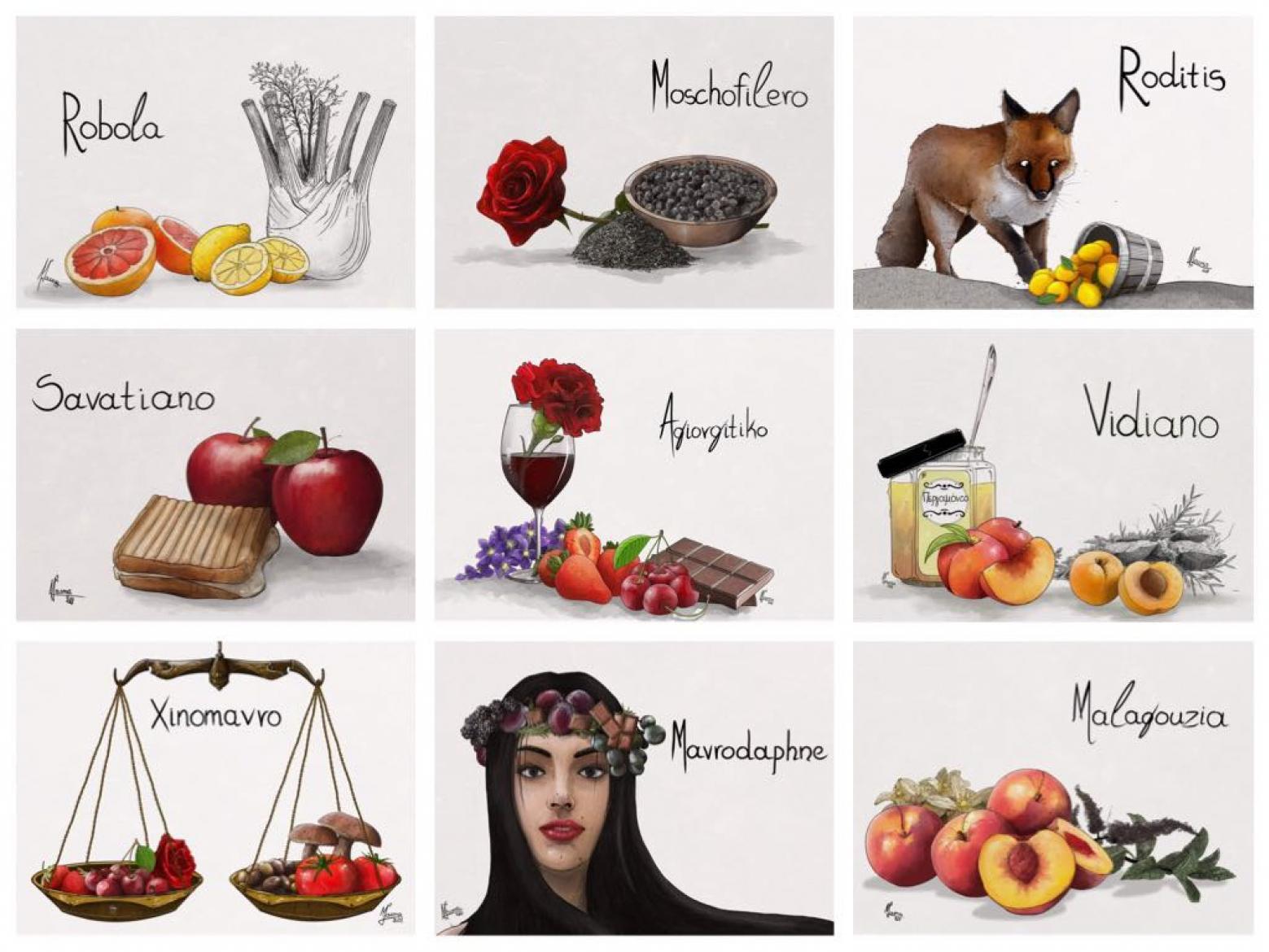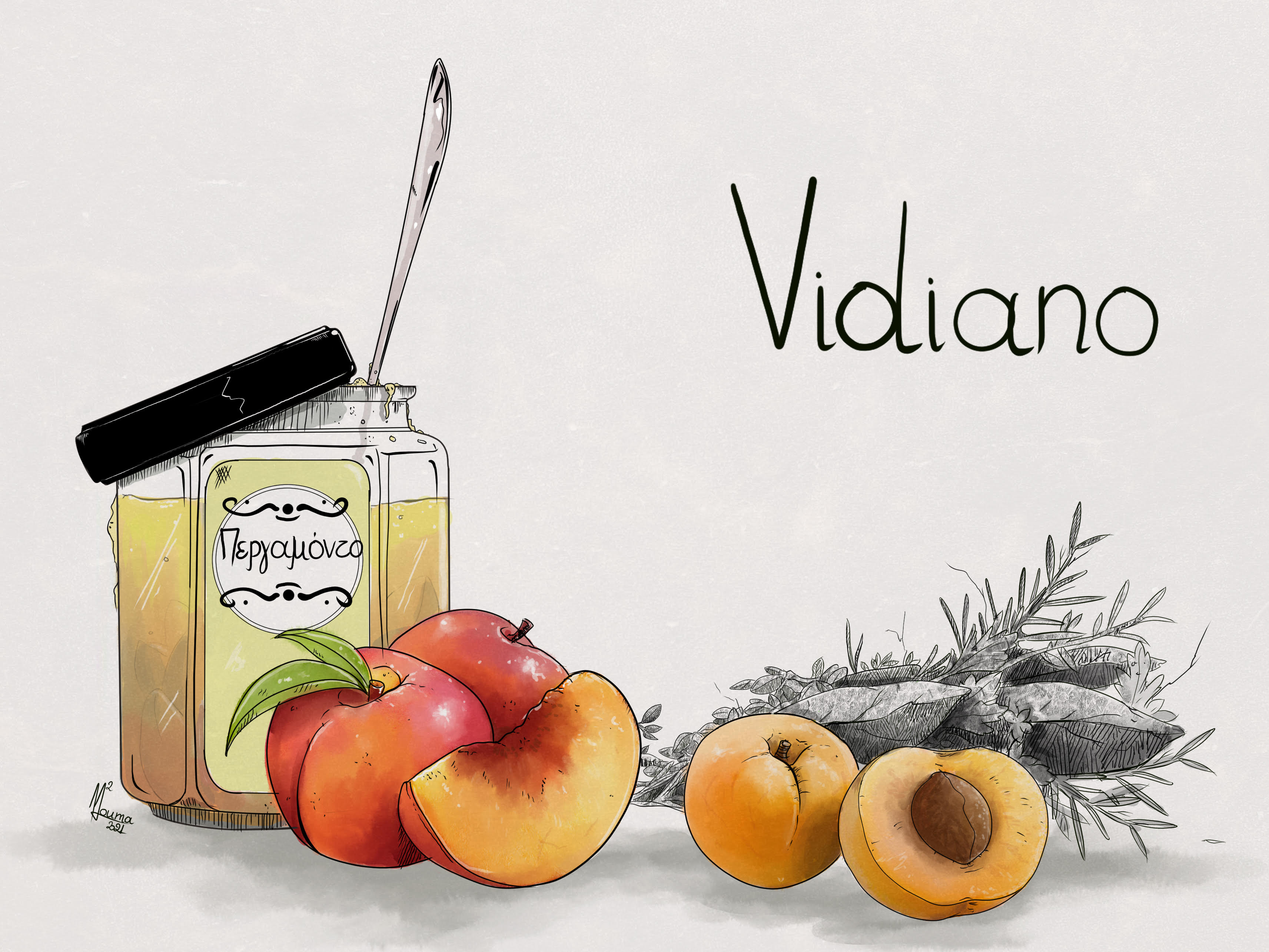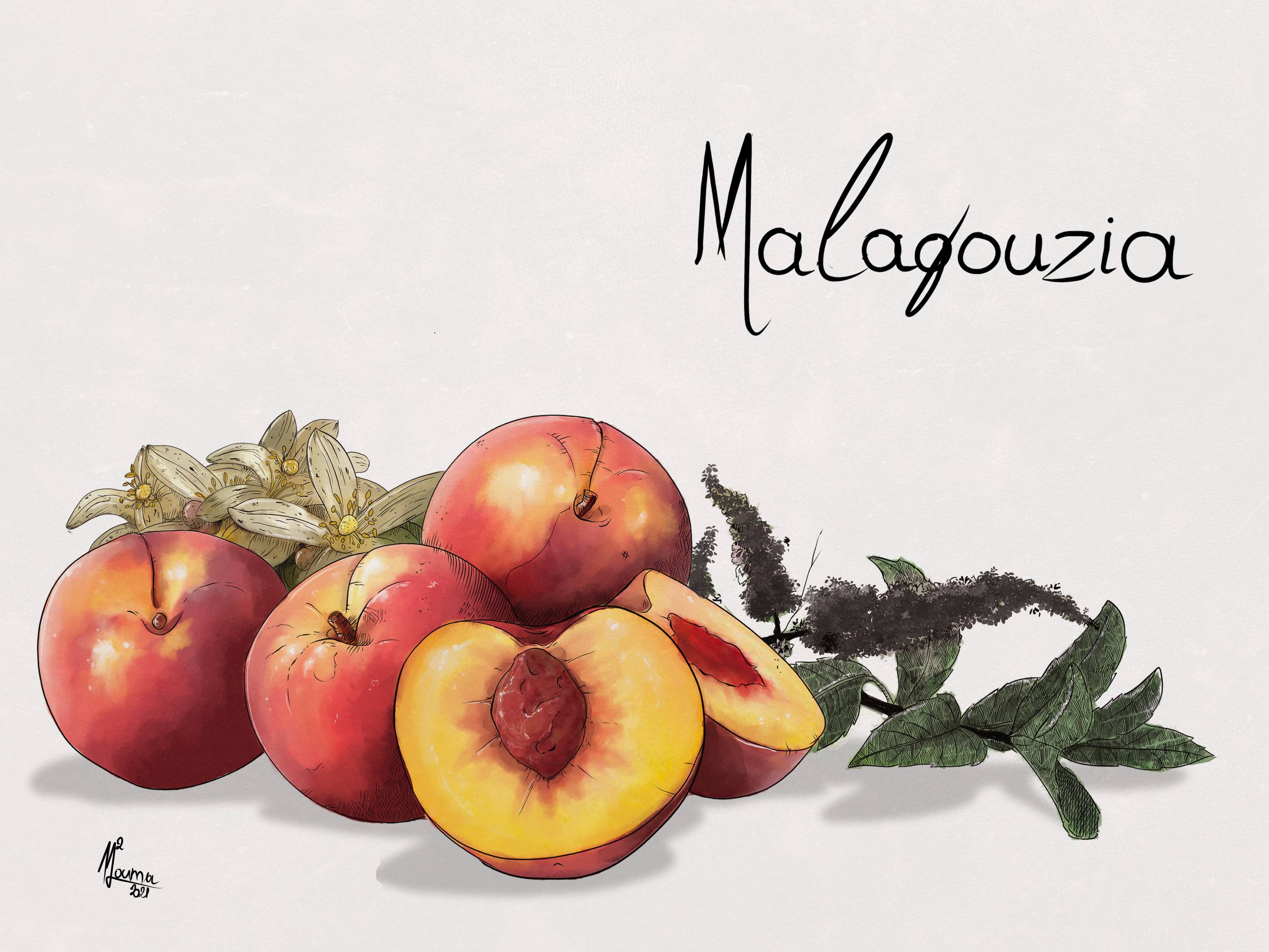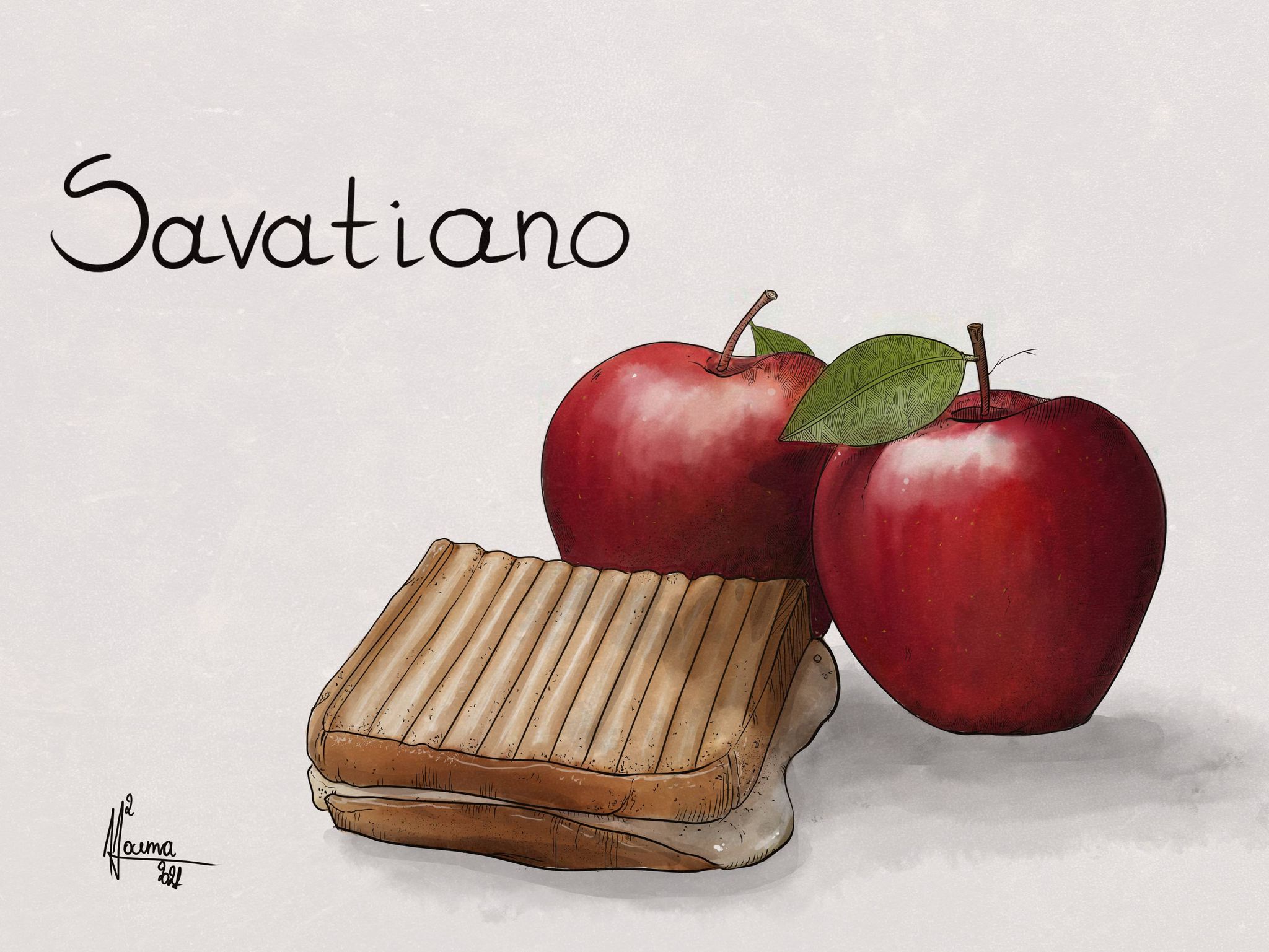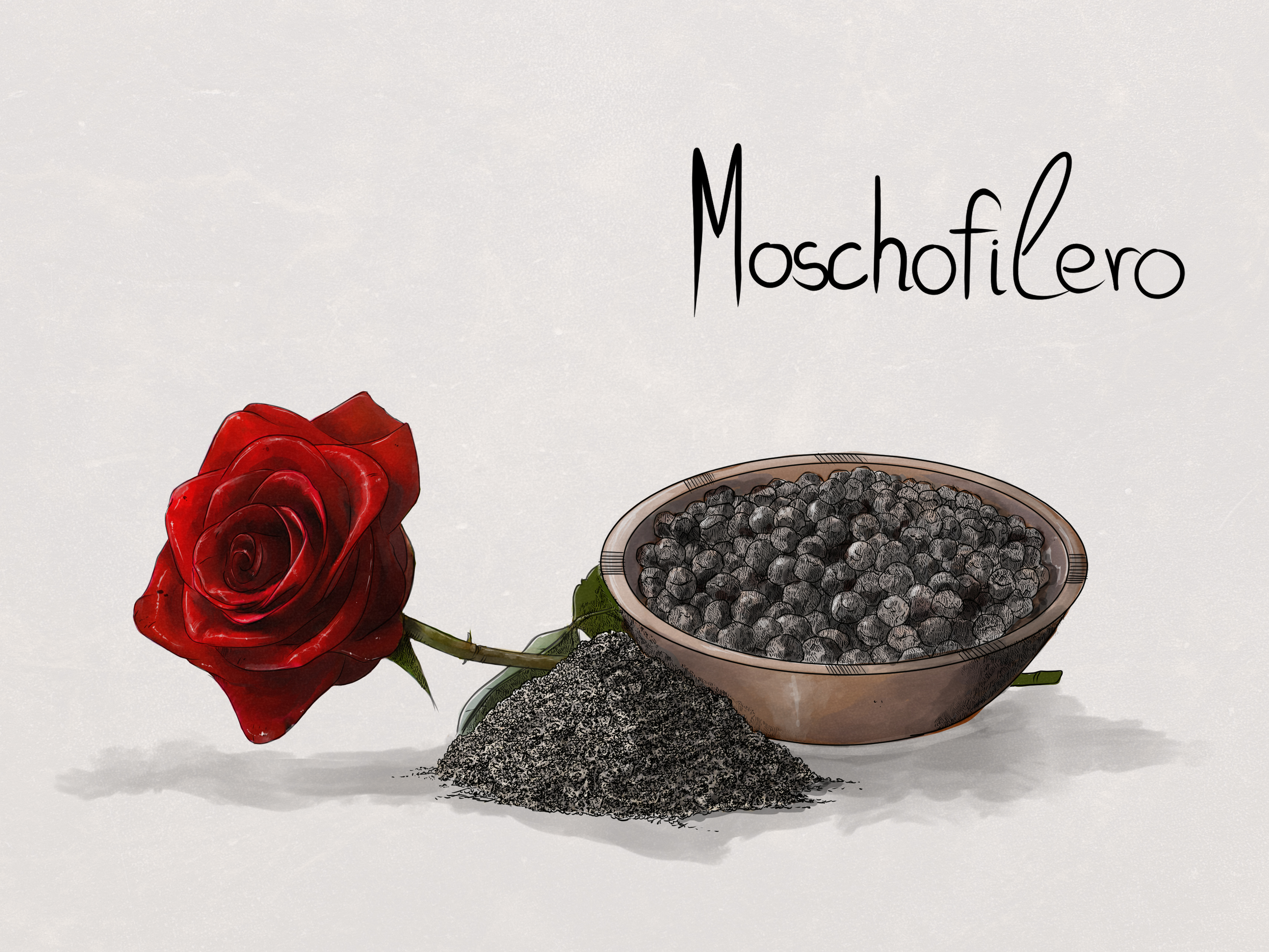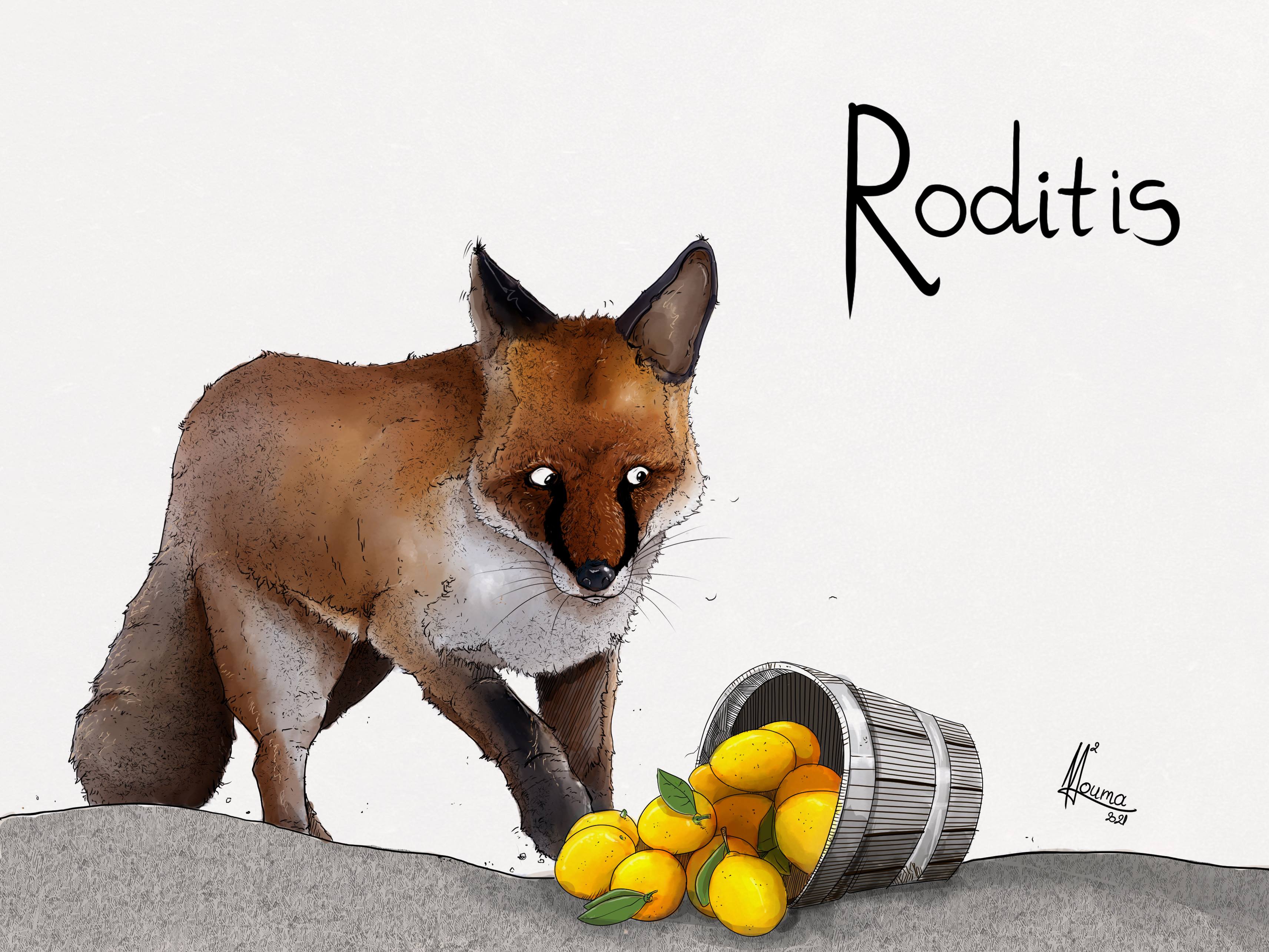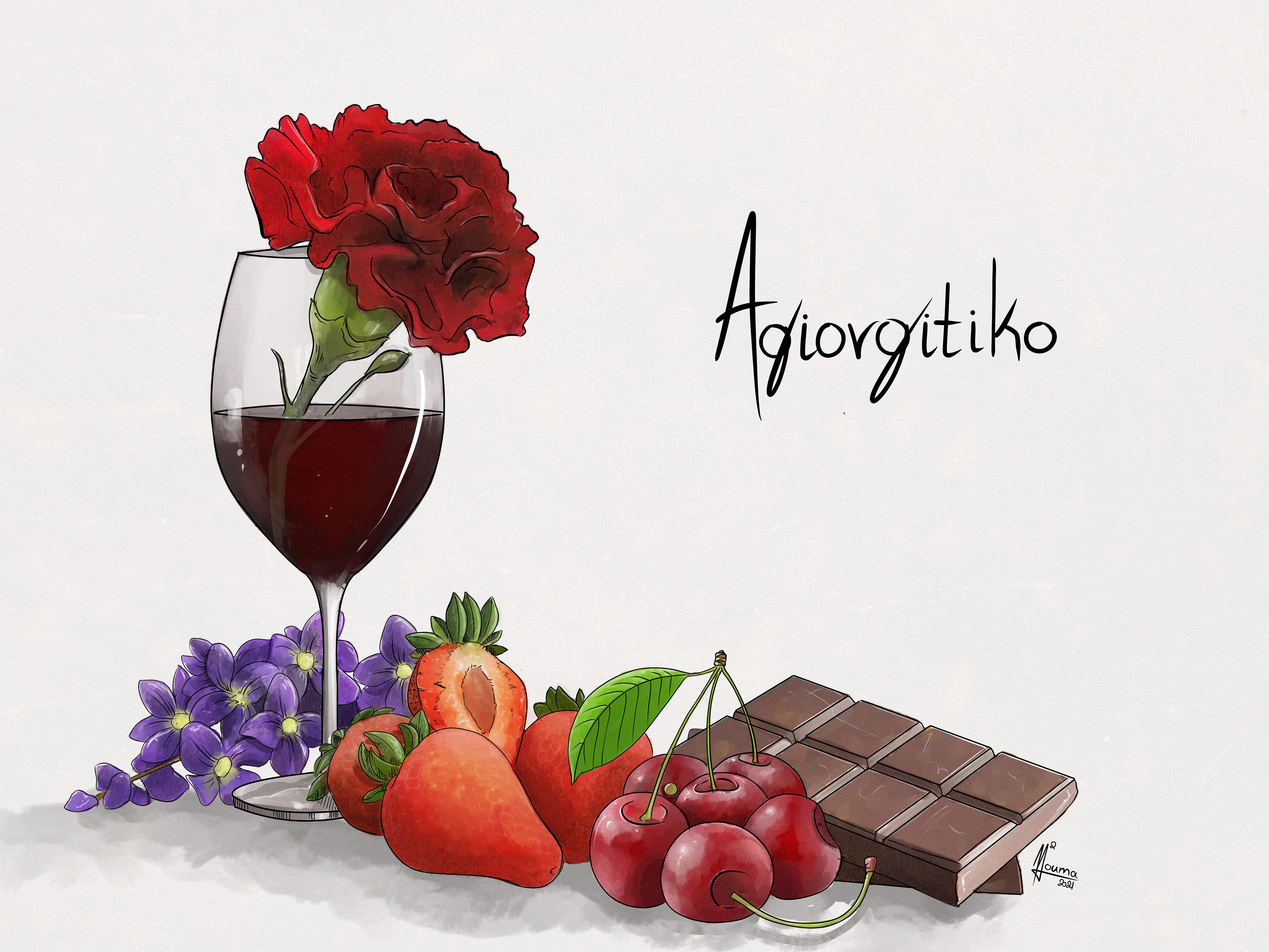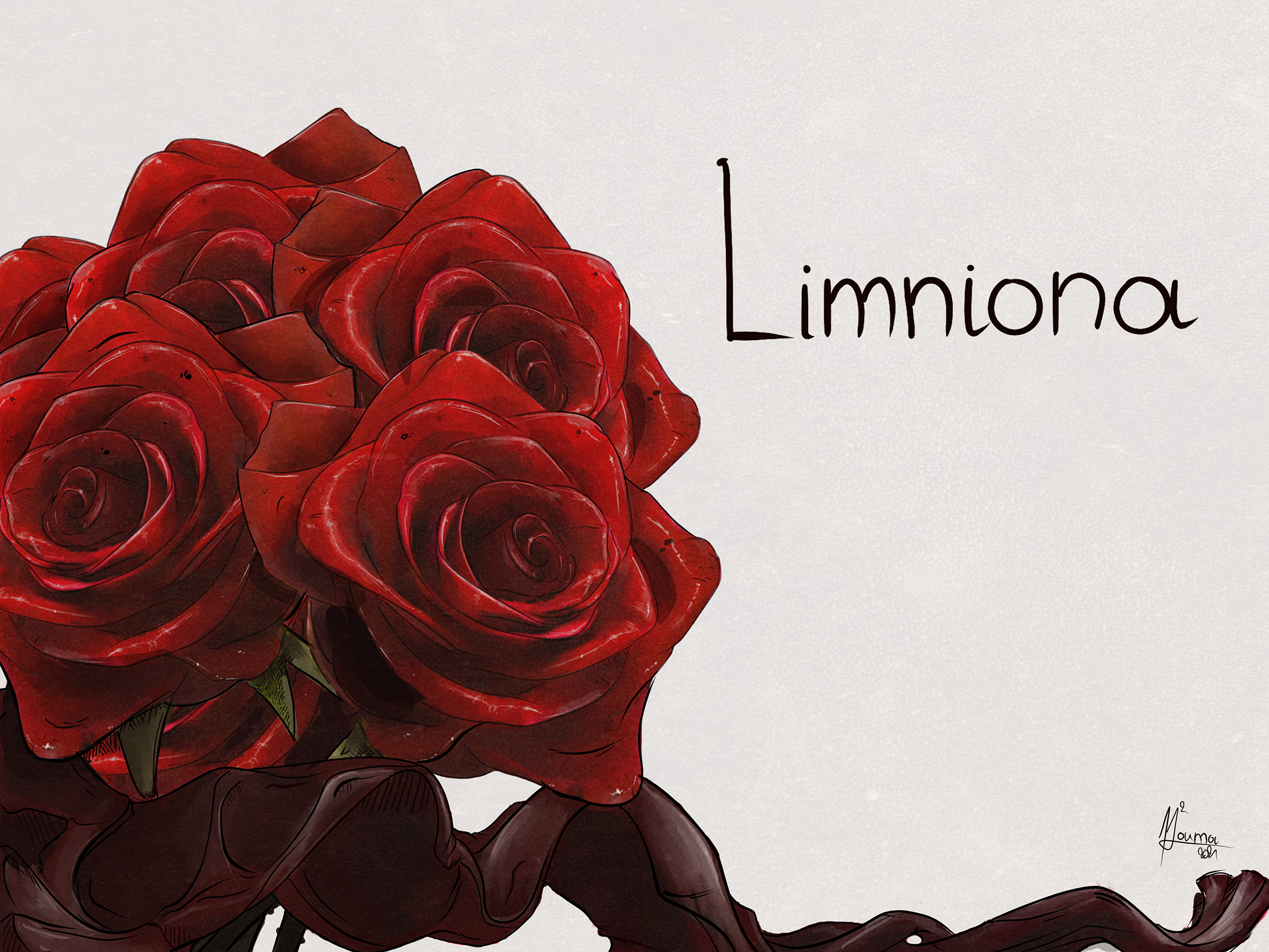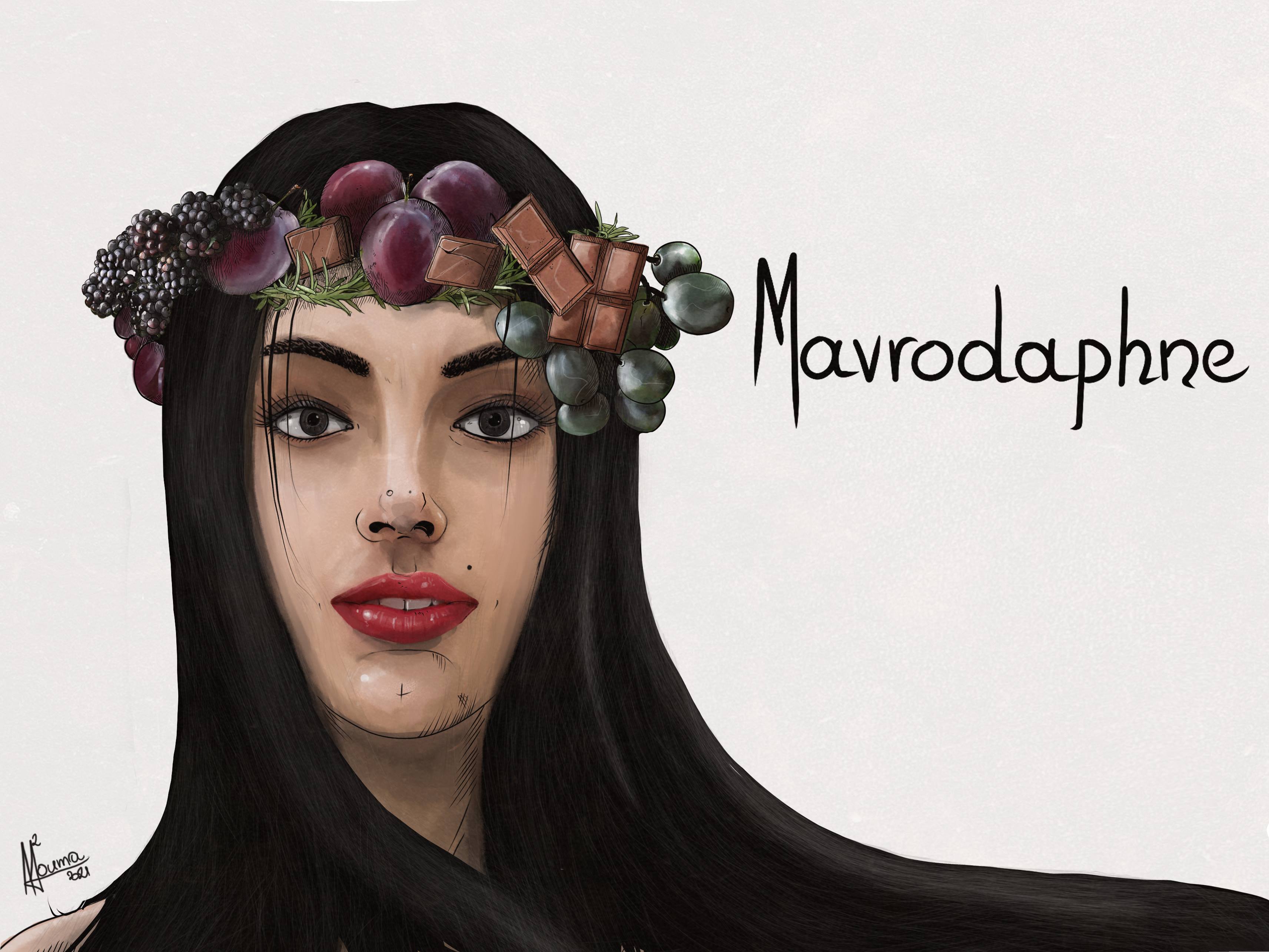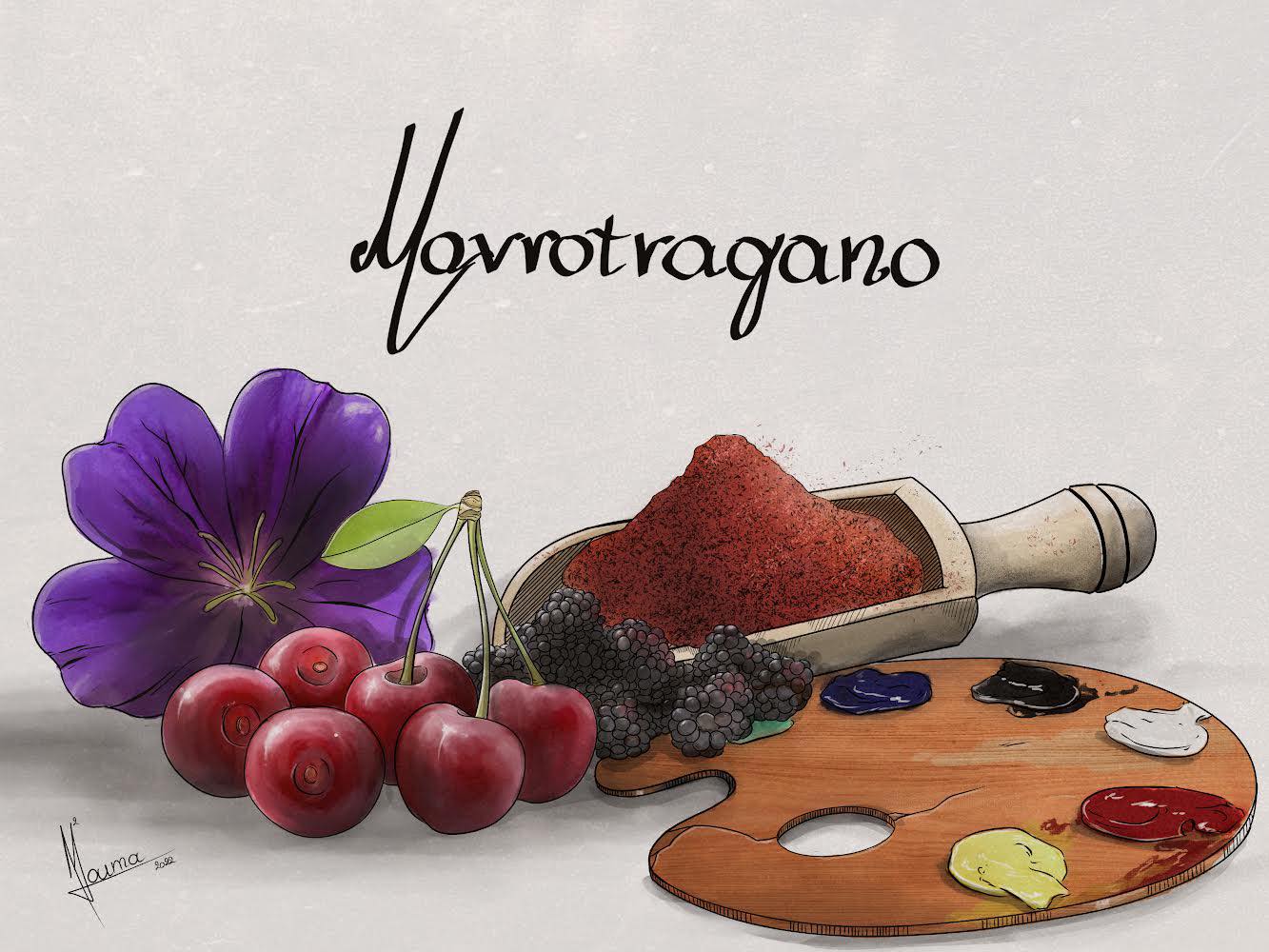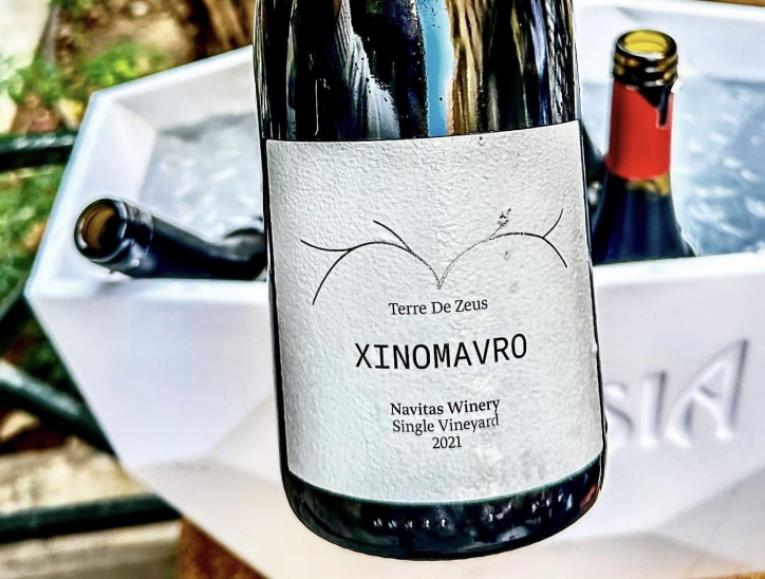A guide to Greek varieties: Part One
By Yiannis Karakasis MW
Α snapshot of the leading Greek varieties is featured below. For the complete guides to these varieties, you can visit the Greek Varieties section and click READ MORE on the variety that interests you. Twenty-one varieties are covered so far; we are moving fast to include all of them. It is a difficult task because the available information is dangerously scarce as we proceed to less well-known varieties. In any case, it is an exciting journey of discovery with many surprises in store.
Assyrtiko
A “Robocop” white variety with the power of a red. Without a doubt, the global ambassador of Greek varieties. It was born on the island of Santorini but nowadays thrives throughout Greece.
Aromas: citrus fruit, minerality (wet stones in the hot sun!), toast, honey and nuts.
Main characteristics: Rich body and high acidity. Alcohol easily reaches 15.5% abv levels—intense salty taste (esp from Santorini).
Style: Mineral / thick and creamy, often with the influence of lees & oak / often in blends with Malagousia.
Main areas: Santorini, Crete, Tinos, Evia but also across mainland Greece.
Total plantings: about 1900 ha.
Ageing potential: up to 10 years. Top examples +10.
Read more here.
Vidiano
Cretan variety that was rediscovered in the 1980s but recently showed its real potential. It covers a small part of the overall area of the vineyards of Crete, about 150-200 ha, but is constantly expanding. It is located in the districts of Heraklion (mainly), Rethymnon and Chania, but recently migrated to Kavala (Pangaio) and Pieria (Northern Greece). Its reputation is rising because it combines fruity fragrances, texture and mineral / earthy elements.
Aromas: Moderate aromas of peach, apricot, bergamot and herbs, along with minerality.
Main characteristics: Creamy body with supportive acidity that gives freshness. It has an excellent affinity to oak ageing and always maintains a vein of acidity. It is often compared to Viognier, which is a connection I fail to see.
Style: Fruity from stainless steel tanks / Creamy when matured in oak/ sparkling / Skin Contact.
Main areas: Crete, but spreading.
Total plantings: about 200 ha in Crete.
Ageing potential: up to 3 years for entry-level examples and up to 7 for the best.
Read more here.
Malagousia
A “Back to the Future” variety that was saved from extinction in the 70s and quickly stole the hearts of most producers. Now it is cultivated in every corner of the country. It is a moderately aromatic variety with very different expressions depending on the altitude it is grown at and its maturity level.
Aromas: Herbal at high altitudes (mint, citrus fruits), fruity (peach and tropical fruit) and floral.
Main features: Creamy, medium body, soft texture, low to medium acidity.
Styles: Herbal / Fruity / Sometimes with mild oak influence / often as a skin contact / often as a blending partner of Assyrtiko.
Main Areas: Macedonia (Halkidiki, Epanomi, Amyndeo, Drama, Kavala, Pieria), Tyrnavos, Aigialia.
Total plantings: about 500 ha.
Ageing potential: up to 5 years from the vintage.
Read more here.
Robola
The diva of the Cephalonia island delivers a baby Assyrtiko character and has managed to progress impressively over the last decade. It thrives on poor stony soils, sometimes so stony that the Italians called the wine Vino Di Sasso (wine of the stones). It produces stylish and deeply complex wines.
Aromas: moderate intensity (lower of Malagousia) with citrus fruits and fennel.
Main characteristics: Minerality, moderate to high acidity, medium body.
Style: Two different styles exist based on producers' decisions in the vineyard and the winery; a mineral one and a riper and fatter style. Usually, it sees no new oak influence.
Main areas: Cephalonia. Beyond the island, due to existing legislation, it cannot be mentioned in the label.
Total plantings: about 165 ha in Cephalonia and 10 ha in various other regions.
Ageing potential: up to 6 years following the vintage.
Read more here.
Savatiano
Another indigenous variety is now wearing its Sunday clothes. It is used to be the poor relative of the Greek vineyard (due to its correlation with bad quality retsinas). Our vineyards' most widely planted variety occupies about 1/6 of the total area.
Aromas: Moderate intensity apple aromas, peach or melon evolving with time into shades of honey, toast and nuts. Mature unoaked examples taste like Hunter Valley Semillon.
Main characteristics: light to moderate weight wines with a mild acidity that often benefit from oak maturation.
Style: classic stainless steel tank - herbal - creamy Chardonnay like under lees/oak maturation.
Main areas: Attica and Boetia.
Total plantings: about 10.000 ha.
Ageing potential: up to 3 years for simple examples and 8-10 for the more complex expressions.
Read more here.
Moschofilero
A pink-skinned variety which is mainly planted on the Peloponnese plateau. It expresses characteristics that most consumers welcome: it is aromatic and floral but also very fresh and crisp, a hard to get combination as most aromatic varieties show lower tones on the palate.
Aromas: Intense aromas of rose petals, jasmine, lemon blossoms, orange zest, spices. Spicy elements need 2-3 years of bottle ageing to appear.
Main characteristics: Wines are crispy and highly acidic, with a light to medium body and relatively low alcohol.
Style: In addition to dry whites, it also produces interesting sparkling wines and, recently, more and more gris and rosé wines.
Main areas: Arcadia / Mantineia.
Total plantings: about 1150 ha.
Ageing potential: up to 2-4 years following the vintage.
Read more here.
Roditis
Pink-skinned variety cultivated almost all over Greece and, like Savatiano, went into Retsina production. Today, producers are experimenting with the various clones (particularly the Roditis Alepou). Some fascinating examples come from locations at an altitude, especially in Aigialia.
Aromas: neutral variety that acquires personality at high altitudes (up to 1100 m) or when grapes come from old vines (over 35 years old). The expression then is different, more mineral, with a yellow fruit character.
Main characteristics: On the palate, these wines may be mineral or fruitier (depending on the location), with a vein of fresh acidity, medium body and with alcohol that rarely exceeds 12.5%.
Style: Fruity / Mountain Roditis / Skin Contact.
Main areas: Peloponnese and Macedonia.
Total plantings: about 9150 ha.
Ageing potential: up to 6 years from the vintage for the best examples.
Read more here.
Agiorgitiko
Noble red Greek variety with charm, seductive character and unique immediacy. It defines balance, as its structural elements (fruit, acidity, tannins, and alcohol) are in complete harmony.
Aromas: Moderate intensity of red cherries, strawberries, blackberries, sweet spices and dark chocolate.
Main characteristics: Velvety on the palate with moderate acidity, tannins and body. Too much oak masks its delicate fruit.
Style: Red fresh or structured / rosé / sparkling from the Asprokampos area.
Main areas: Nemea but also elsewhere (Macedonia).
Total plantings: about 3800 ha.
Ageing potential: Up to 1-3 years from the vintage for the simple examples and up to 10 years for the most premium efforts.
Read more here.
Limniona
A promising red variety with an emphasis on fruit purity and immediacy that I have included, not so much for the number of plantings (that are tiny) but due to the style of the wines. Limniona can be the Greek equivalent of a Beaujolais Cru, Moulin A Vent or Morgon - structured at its best.
Aromas: intense colour, moderate to intense strawberry and raspberry scents, herbal and floral notes (roses or violets) and sweet spices with pepper.
Main characteristics: silky tannins, low acidity, elegant character.
Style: aromatic red mainly with gentle oak influence / crisp rosés / sparkling.
Main Areas: Thessaly (Tyrnavos, Messenikola, Meteora, Rapsani), Macedonia, Viotia, Peloponnese.
Total plantings: about 30 ha.
Ageing potential: up to 5 years from the vintage.
Read more here.
Liatiko
Indigenous Cretan variety that goes against the tide. It produces wines of silk and cashmere. Wines that can be enjoyed in their youth but can improve with cellaring. Although very dark-skinned, it makes relatively pale wines that quickly turn to brick-orange. Its appearance resembles Nebbiolo, and this is not their only common element. Its pale colour, rich natural sugars and tendency for oxidation mean that it often ends up as a sweet wine. But the grandest Liatiko emerges as a dry version when its generous tannins have been extracted from the skins and balance its natural sweetness. It is this game of sugars versus tannins that can craft memorable wines.
Aromas: Its aromas are like entering an Asian shop full of spices, cardamom and cumin, around a core of tar and dried cherries. It also shows the scent of figs and raisins in sweet versions.
Main characteristics: full body, moderate and juicy tannins and medium acidity. Its dry wines are full of flavour, character and texture.
Style: Dry - Sweet. It also blends exceptionally well with Mandilari, which is its opposite: deeply coloured and much more acidic, but lacking the central palate fleshiness that Liatiko has in abundance.
Main areas: Sitia and Dafnes (Crete).
Total plantings: about 400 ha.
Ageing Potential: up to 8-10 years following the vintage.
Read more here.
Mavrodaphne
Red Greek wine grape variety noted for sweet wines from Cephalonia and Patra. It has been traditionally used to make fortified sweet red wines but is now experiencing a rebirth due to the interest both by producers and consumers in its dry wines. It is a variety with a long tradition in the southern part of the country, producing balanced, textural, and highly perfumed wines.
Aromas: Its classic aromas include an array of mostly black fruit and Asian spices, laurel and sage
Main characteristics: Structurally, it delivers moderate acid and tannin load, leading to a refined result that can be enjoyed in its youth but can also age.
Style: Rosé and structured reds often with oak or amphora effect. A new wave of fruit-driven wines has emerged.
Basic areas: Cephalonia and Achaia.
Total plantings: about 520 ha.
Ageing potential: 3-5 years for the fresh styles and ten years for the best examples.
Read more here.
Mavrotragano
Indigenous Greek red grape variety, grown initially on Santorini but is now increasingly widespread across Greece. The name stands for "black and crunchy" and accurately describes the texture of the fresh grapes. For many years Mavrotragano was battling extinction. But following the commercial success of its wines, which also enjoy high prices, it is becoming popular among grape growers and wine producers. At its best, it reminds me of a Syrah from the Northern Rhône.
Aromas: Wild berries, red cherries, spices and minerals.
Main characteristics: deep colour, high-tannic load and moderate to high acidity with a usually dense body.
Style: red with an influence of oak and rosé.
Primary areas: Santorini, Tinos, Thessaly and Macedonia
Total plantings: Current numbers show that it is planted in a few hectares (about 20 ha), mainly on the islands of Santorini and Tinos. Beyond that, there are scattered parcels in Northern Greece.
Ageing potential: Top examples can be aged for over a decade.
Read more here.
Xinomavro
Xinomavro is the transporter variety of the Greek vineyard. Capable of producing sophisticated, intellectual wines that transport you to their place of origin. It is probably the Greek variety with the strongest affinity with its terroir; it maintains a strong tie with its birthplace.
Aromas: Intensely flavoured with strawberries, plums, sour cherry, tomato, green and black olives. With time it acquires more earthly aromas, including truffle mushroom.
Main characteristics: Pale colour, medium to full body, high acidity and tannins that have polished over the last years.
Style: Summer Reds/ structured Reds / Rosé and Sparkling.
Main Areas: Naoussa - Amyndeo - Rapsani - Goumenissa - Siatista
Total plantings: about 2150 ha.
Ageing Potential: 15-20 years from the vintage.
Read more here.
